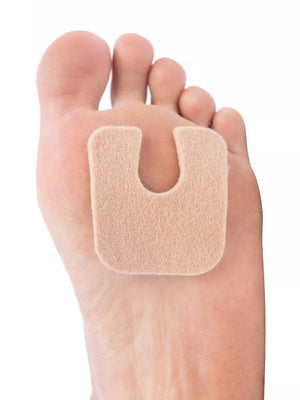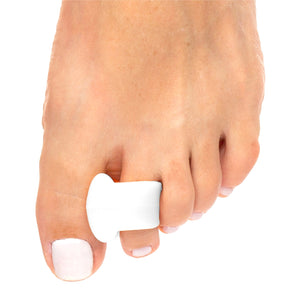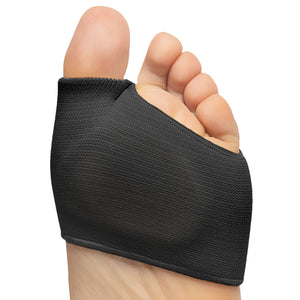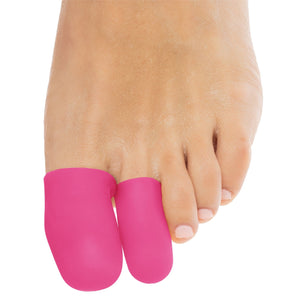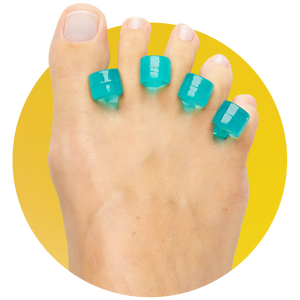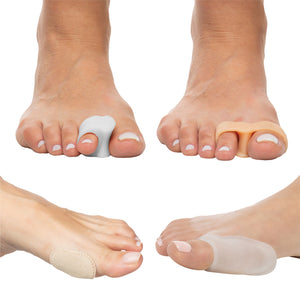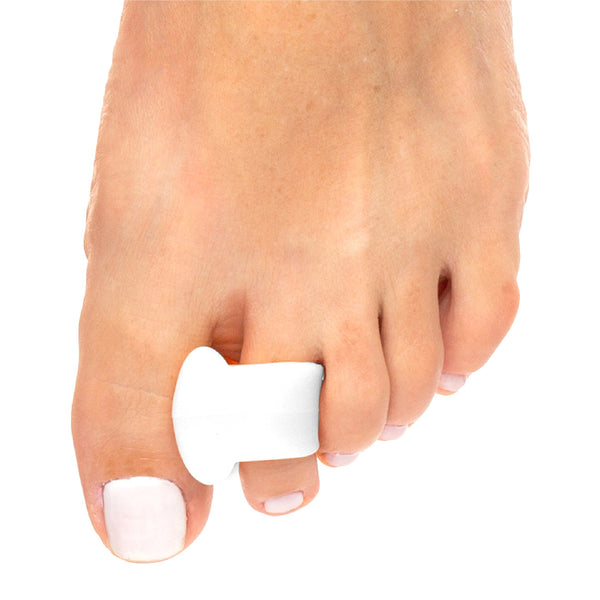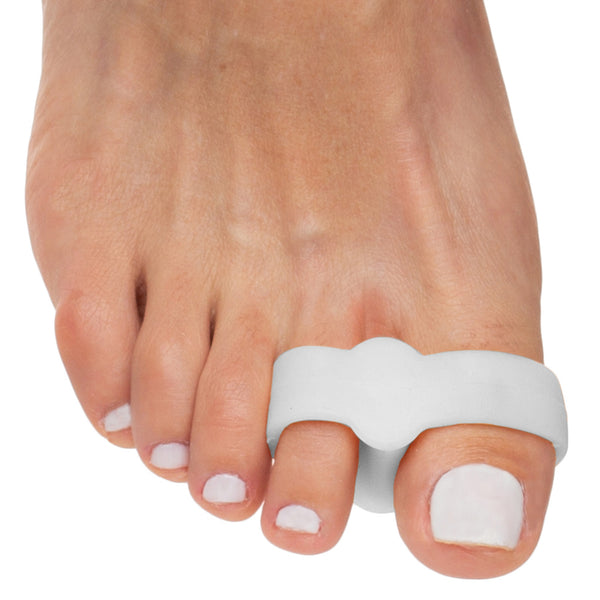What is a Bunion?
Bunions are a very common foot care problem which become more likely with age. They are believed to affect 38 percent of all women and 21 percent of men (source). While the condition can be very painful, a bunion’s symptoms can often be managed.
A bunion appears as a bump positioned on the side of one of the two big toes. Called hallux valgus by doctors, a bunion is a bulge in the bone that pushes outward and causes the big toe to become misaligned so that it is pointing toward the second toe rather than straight up and down.
Bunions do not develop overnight. Usually, they start with the big toe slightly curving inwards. The bump gradually appears and becomes larger in size over time.
What causes bunions?
Generally, bunions form when the joints and tendons in your feet come under abnormal pressure and motion over a long period of time. This pressure and abnormal motion is often caused by the way way you walk and the shoes you wear.
Certain people are more likely to develop bunions simply because of their genetics, which is often the main underlying difference between those who develop bunions and those who do not.
If a lot of people in your family have bunions, it might mean your family is genetically predisposed to poor foot mechanics or an abnormal foot type.
Especially if you do have an inherited foot shape the predisposes you to bunions, frequently wear shoes that put pressure on your feet -- those that are too tight or cause your toes to be pressed together -- can exacerbate the problem.
Learn more about the causes of bunions »
Symptoms of bunions
The primary symptom of a bunion is a firm protrusion on the outside of the foot at the base of the big (or great) toe.
People with a bunion often experience redness and swelling in their toe joints, and pain and restriction of motion in their big toe.
Bunions can also lead to the development of hammertoes or calluses on the ball of the foot, or corns due to overlapping first and second toes.
Learn more about symptoms of bunions »
Bunion diagnosis
Doctors can typically diagnose a bunion just by looking at the foot. Once a bunion is spotted, X-rays are usually performed to determine how severe the changes to the bone are.
Pain relief and preventing bunions from getting worse
Bunions can become worse over time, but there are a few podiatrist-endorsed methods for preventing bunions from getting worse and relieving bunion pain. Learn more »

